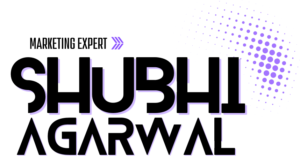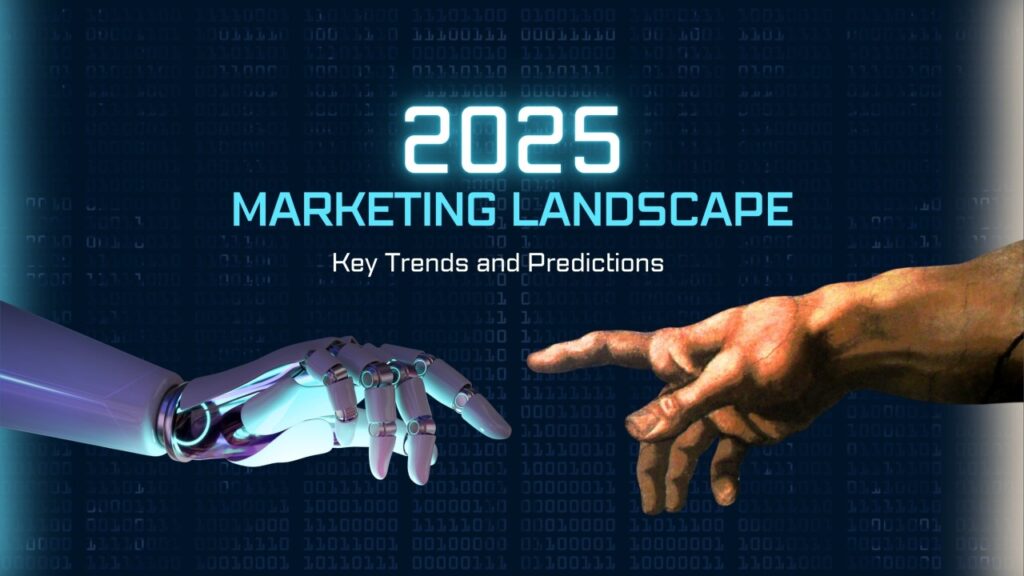Unlocking the full potential of your sales funnels requires a strategic approach to messaging and nurturing. The battle of sequential messaging vs drip marketing strategies has been a topic of much debate. While both aim to engage and nurture leads, they operate in distinct ways, each with its own set of advantages and ideal use cases. Before we get started, it’s crucial to understand the ToFu (top of funnel), MoFu (middle of funnel), and BoFu (bottom of funnel) strategies.

- ToFu focuses on attracting and engaging prospects at the awareness stage.
- MoFu nurtures leads who are considering their options.
- BoFu targets prospects ready to make a purchase decision.
Let’s delve into the dynamic interplay between sequential messaging and drip marketing strategies, unveiling how they can optimize and elevate your Sales Funnel.
Sequential Messaging:
Sequential messaging involves delivering a series of targeted messages or ads to users in a specific order, typically based on their behavior or interaction with previous messages. This approach allows marketers to guide leads through a predefined journey, gradually building interest and trust over time.
Example: Consider a software company launching a new product. They might start with an awareness ad showcasing the product’s features, followed by a demo video highlighting its benefits, and finally, a promotional offer to encourage conversion.
Ideal for: Industries where the customer journey is complex and requires multiple touchpoints, such as technology, software, or B2B services. Sequential messaging excels at guiding prospects through a step-by-step process, making it ideal for industries with longer sales cycles.
Drip Marketing:
Drip marketing involves sending a series of pre-written, automated messages or emails to leads over a period of time. These messages are typically spaced out and delivered at predetermined intervals, allowing marketers to maintain consistent communication with leads and nurture them gradually.
Example: An e-commerce company can use drip marketing to engage with customers who have abandoned their carts. They could send a series of reminder emails offering discounts or highlighting related products to encourage a purchase.
Ideal for: Industries where ongoing engagement and relationship-building are key, such as e-commerce, education, or subscription services. Drip marketing allows marketers to stay top-of-mind with leads and provide valuable content or offers over time, fostering trust and loyalty.
Choosing the Right Strategy:
While both sequential messaging and drip marketing have their merits, the best strategy for your industry will depend on factors such as your target audience, sales cycle, and marketing goals. Here are some considerations to keep in mind:
1. Customer Journey: Assess the complexity of your customer journey and the number of touchpoints required to convert leads into customers. Industries with longer sales cycles may benefit from sequential messaging, while those with shorter cycles may prefer drip marketing.
2. Content Strategy: Evaluate the type of content you have available and how it aligns with each strategy. Sequential messaging may require more varied content to support each stage of the journey, while drip marketing relies on a consistent stream of valuable content over time.
3. Automation and Personalization: Consider your resources and capabilities for automation and personalization. Drip marketing relies heavily on automation to deliver messages at scale, while sequential messaging may require more manual oversight to ensure messages are delivered in the right order.
Sales Funnel Optimization:
Both sequential messaging and drip marketing play integral roles in optimizing sales funnels. By aligning these strategies with the ToFu, MoFu, and BoFu framework, businesses can create tailored experiences that resonate with prospects at each stage of their journey.
At the ToFu stage, sequential and drip marketing can be used to introduce prospects to your brand, educate them about the industry or product category, and build awareness.
In the MoFu stage, these strategies can nurture leads further by providing more specific information about your products or services, addressing common pain points or objections, and guiding prospects towards consideration and evaluation.
Finally, at the BoFu stage, sequential and drip marketing can focus on conversion tactics, such as offering personalized incentives, providing testimonials or case studies, and encouraging prospects to take action and make a purchase decision.
Both sequential messaging and drip marketing are powerful tools, each offering unique benefits depending on your industry and marketing objectives. By understanding the nuances of each strategy and how they align with your business goals, you can create more effective and engaging campaigns that drive results.





